Indigenous Governance Database
housing
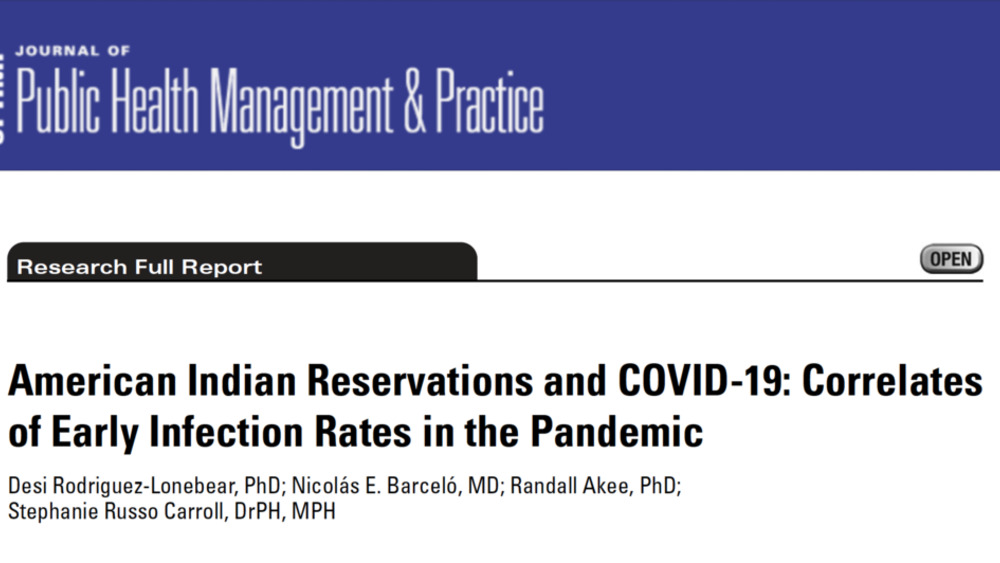
American Indian Reservations and COVID-19 Correlates of Early Infection Rates in the Pandemic
Objective: To determine the household and community characteristics most closely associated with variation in COVID-19 incidence on American Indian reservations in the lower 48 states. Design: Multivariate analysis with population weights. Setting: Two hundred eighty-seven American Indian…

A Quiet Crisis: Federal Funding and Unmet Needs in Indian Country
The federal government has a long-established special relationship with Native Americans characterized by their status as governmentally independent entities, dependent on the United States for support and protection. In exchange for land and in compensation for forced removal from their original…
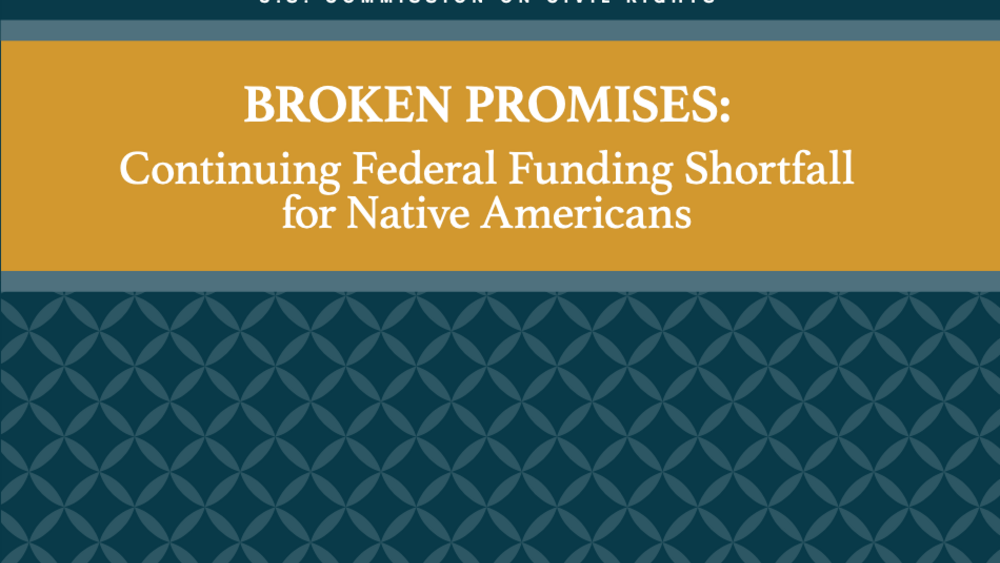
Broken Promises: Continuing Federal Funding Shortfall for Native Americans: Briefing Report
Since our nation’s founding, the United States and Native Americans have committed to and sustained a special trust relationship, which obligates the federal government to promote tribalself-government, support the general wellbeing of Native American tribes and villages, and to protect their lands…
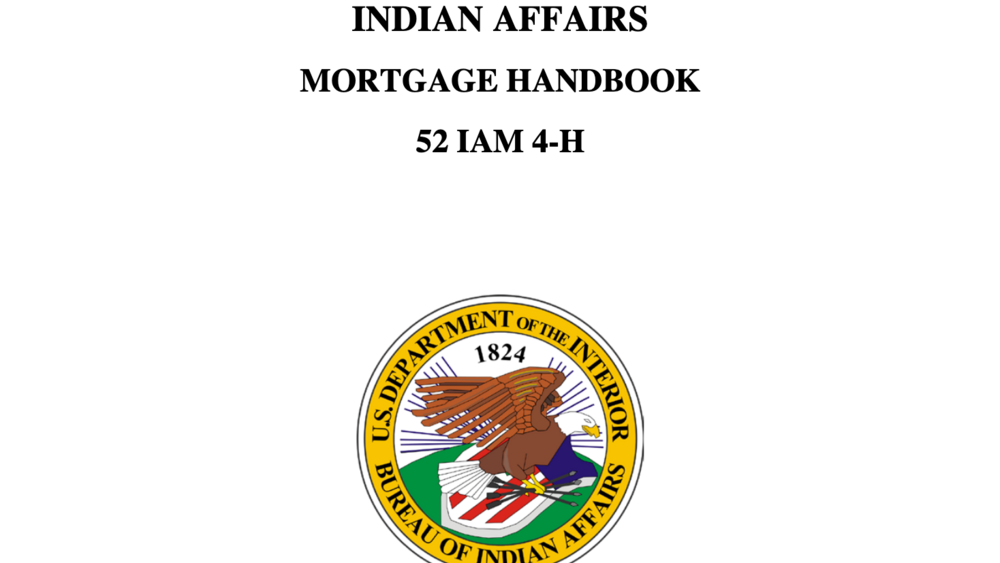
Indian Affairs Mortgage Handbook
The purpose of this handbook is to provide guidance to BIA staff for processing leasehold and trust land mortgages on trust or restricted land; specifically, how to review and analyze a mortgage loan request from a lender using a minimum, streamlined, and standardized process. The handbook contains…
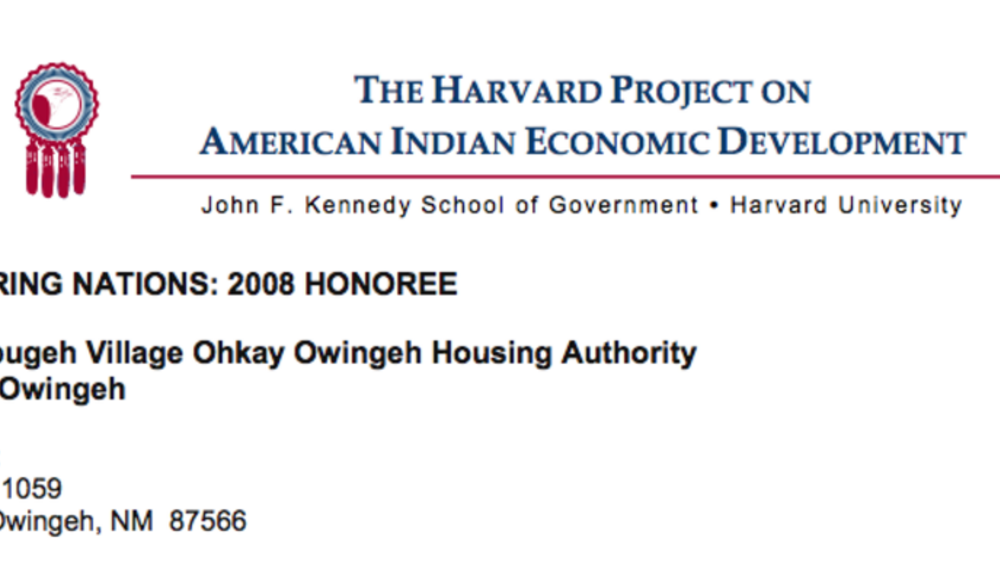
Tsigo bugeh Village (Ohkay Owingeh Pueblo)
Restoring communal living through Pueblo-style housing, the Tsigo bugeh Village offers "traditional living with a modern touch" for Ohkay Owingeh citizens. Designed to honor a sense of community and place, Tsigo bugeh addresses Ohkay Owingeh’s urgent housing demands with 40 units for single and…
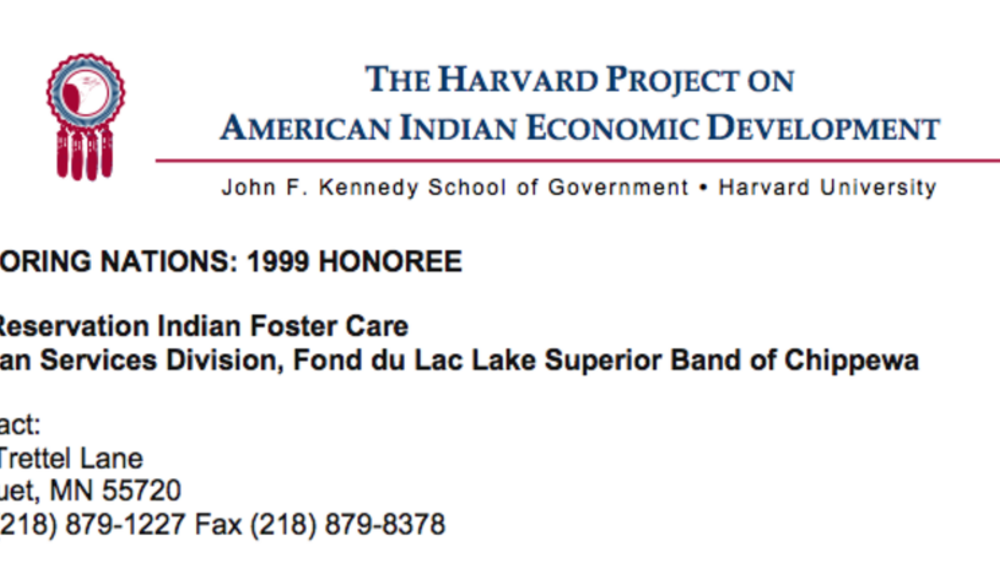
Fond du Lac Off-Reservation Indian Foster Care
By creatively reacting to state laws regarding foster home licensing, the Band established a foster care agency that dramatically reduced the number of Indian children in non-Indian foster care while simultaneously increasing the number of Indian children in Indian foster care. The agency has…
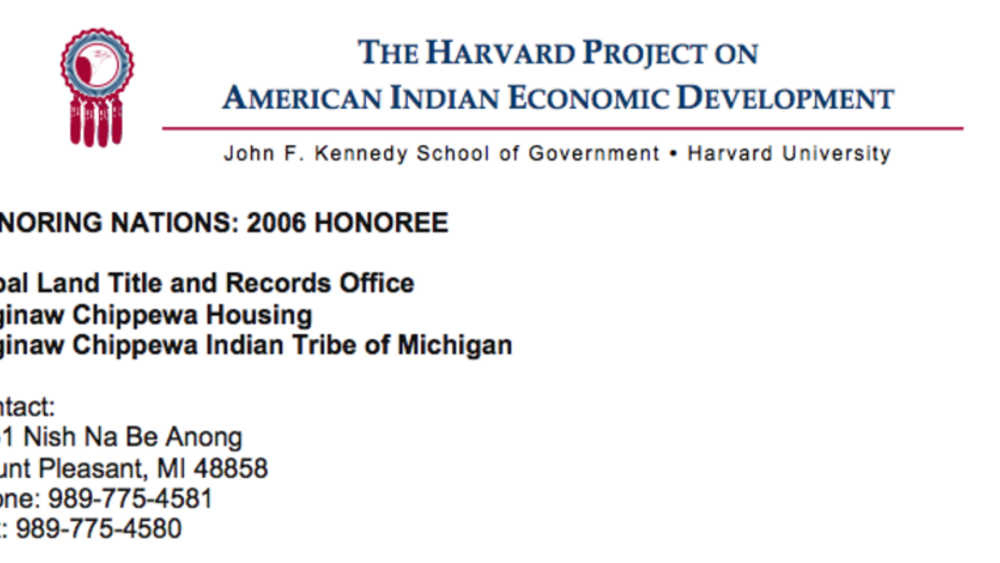
Saginaw Chippewa Tribal Land Title and Records Office
With the ultimate goal of seeing a time when Native people and nations once again own and manage the land within the boundaries of every reservation as well as those lands that are culturally important to them beyond reservations, the Tribal Land Title and Records Office keeps all records and…
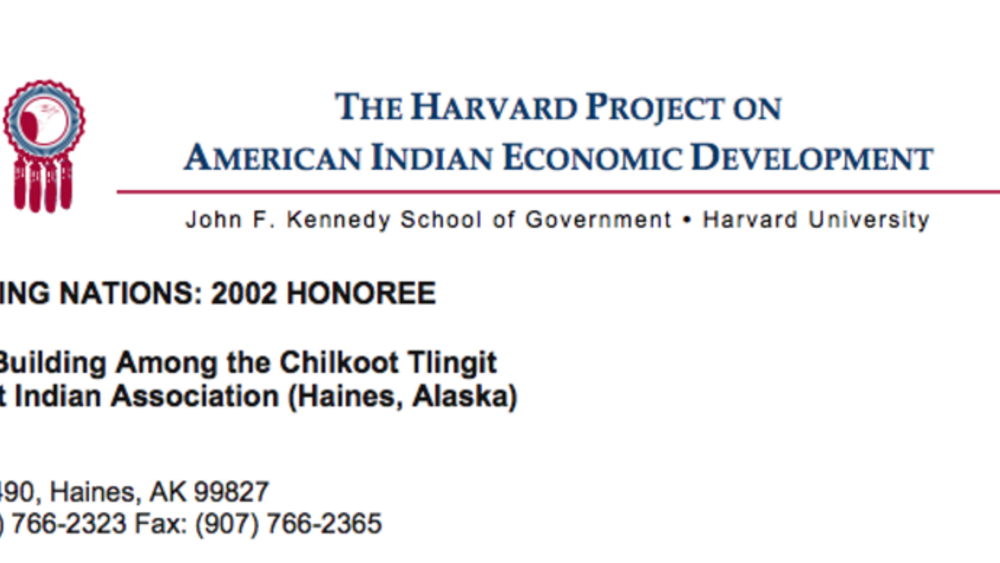
Chilkoot Tlingit "Nation Building"
Excluded by the Alaska Native Claims Settlement Act, the Chilkoot Tlingit are engaged in a process of nation-building. The process began in 1990 with the revival of their dormant tribal government, the Chilkoot Indian Association (CIA). From this institutional foundation, the 480-member CIA…
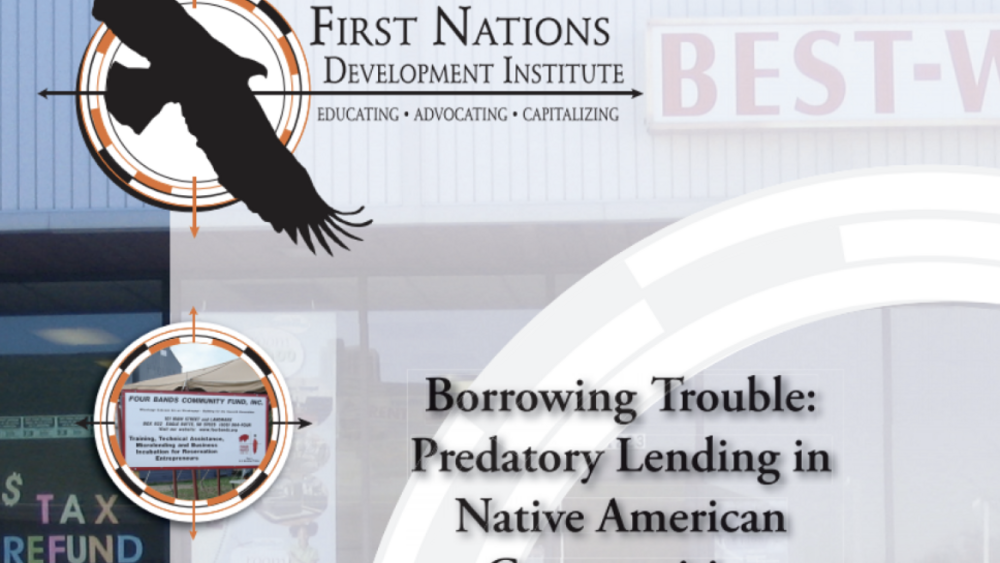
Borrowing Trouble: Predatory Lending in Native American Communities
With the collapse of the subprime mortgage lending market, predatory lending has become a significant national concern. In Native communities, however, predatory lending has been a major concern for years, since abusive lending practices have tended to proliferate more in minority and low-income…
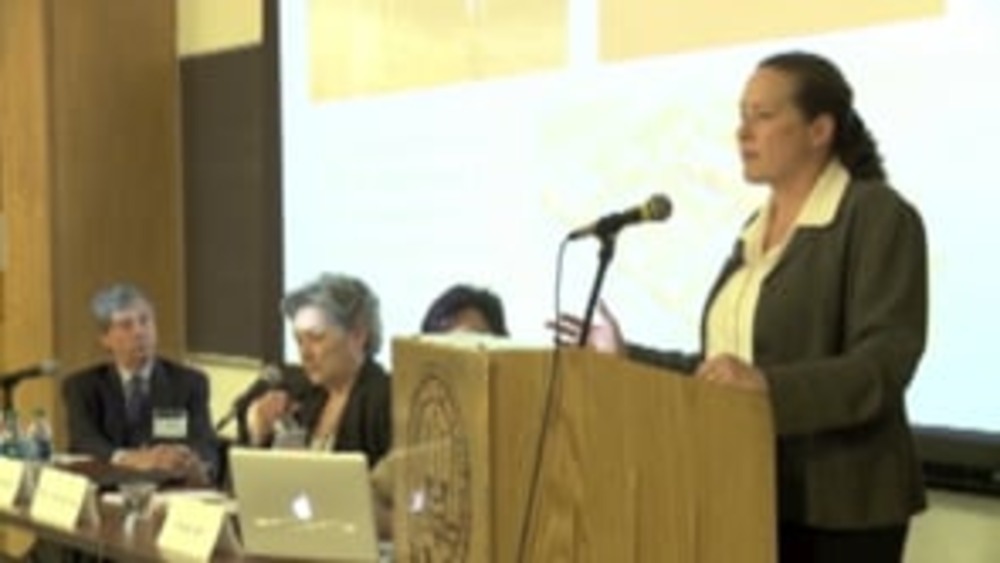
Good Native Governance Plenary 2: The Cutting Edge of Economic Development in Indian Country
UCLA School of Law "Good Native Governance" conference presenters, panelists and participants Miriam Jorgensen, Robert Miller, and Sherry Salway Black discuss economic research in Indian Country. This video resource is featured on the Indigenous Governance Database with the permission of the …
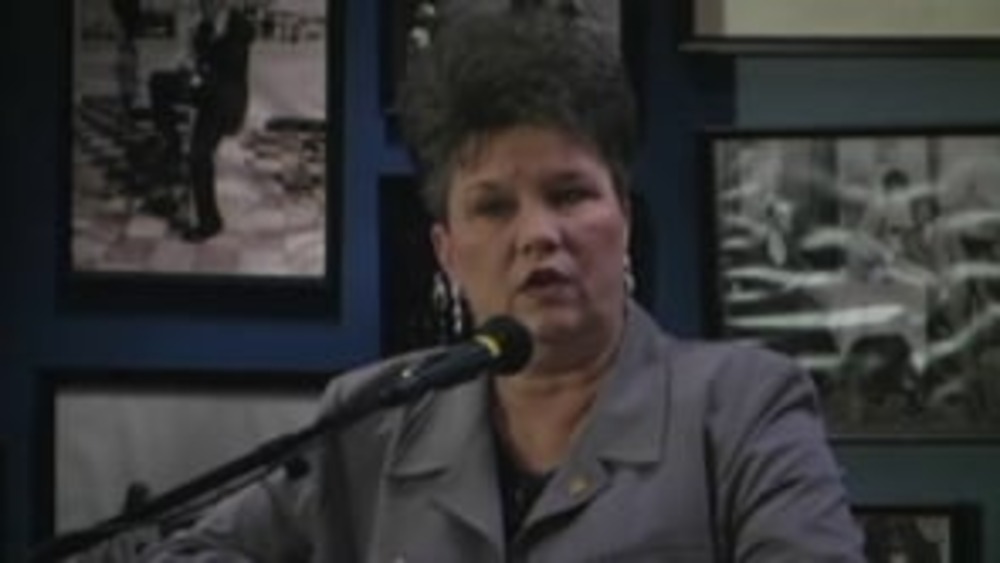
Honoring Nations: Kay Perry: Chuka Chukmasi Home Loan Program
Kay Perry with the Chickasaw Nation's Housing Counseling and Loan Service program provides an overview of the Chuka Chukmasi Home Loan Program and how the program uses human and financial resources wisely.
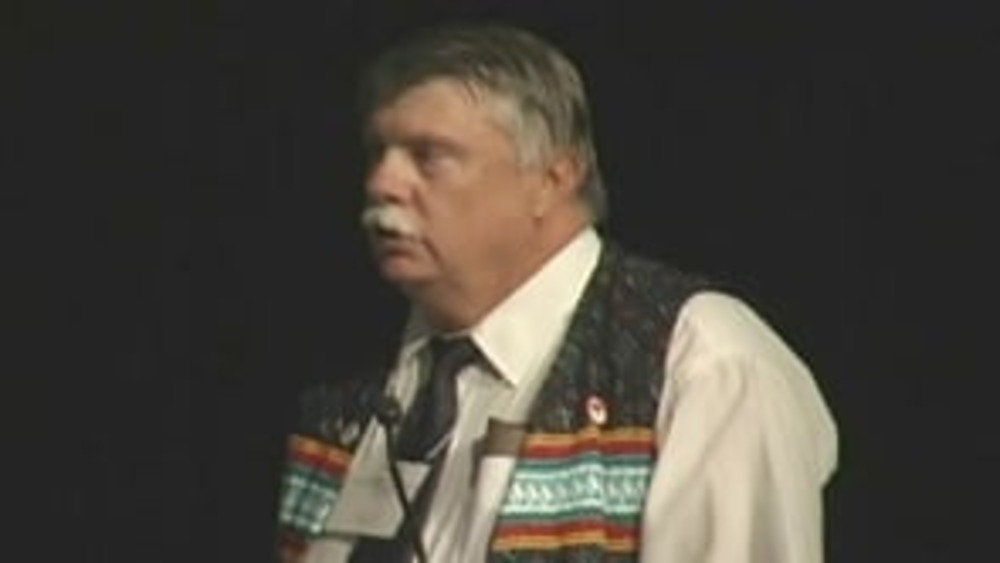
Honoring Nations: Steve Terry and Rory Feeney: Miccosukee Tribe Section 404 Permitting Program
Miccosukee Tribe Land Resources Manager Steve Terry and Fish and Wildlife Director Rory Feeney present an overview of the Miccosukee Tribe Section 404 Permitting Program to the Honoring Nations Board of Governors in conjunction with the 2005 Honoring Nations Awards.
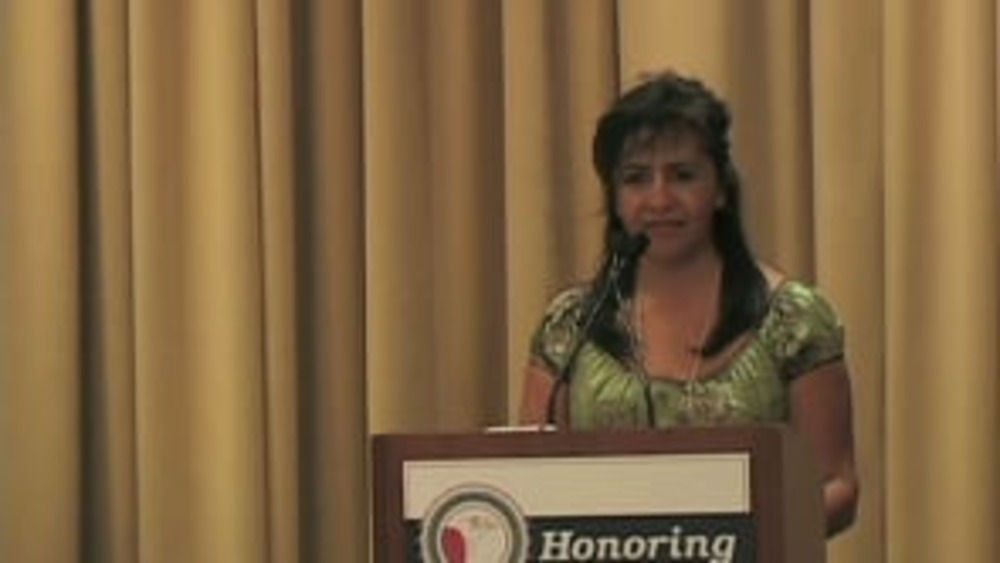
Honoring Nations: Tomasita Duran: Tsigo bugeh Village
Ohkay Owingeh Housing Authority Executive Director Tomasita Duran explains the process by which Ohkay Owingeh Pueblo established Tsigo bugeh Village and molded it to fit the culture and society of the Pueblo.

Ho-Chunk, Inc. CEO Receives Award from U.S. Department of Commerce Agency
Lance Morgan launched the Ho-Chunk, Inc. in 1994 as the economic development corporation of the Winnebago Tribe of Nebraska. Now the president and CEO is receiving the Advocate of the Year Award by the U.S. Department of Commerce’s Minority Business Development Agency (MBDA) at the end of this…
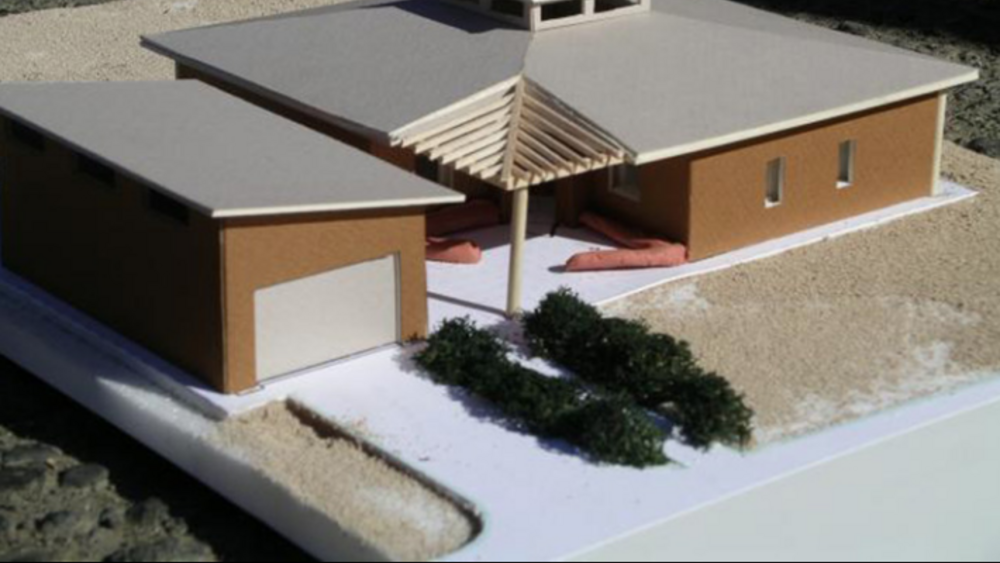
Building better homes in Indian Country
There's no other house like it on the Oglala Sioux's 2 million-acre Pine Ridge Reservation: Its walls are insulated by 18-inch strawbales rather than plastic sheeting, and its radiant-floor heating is much cheaper than the typical propane or electric. A frost-protected shallow foundation inhibits…
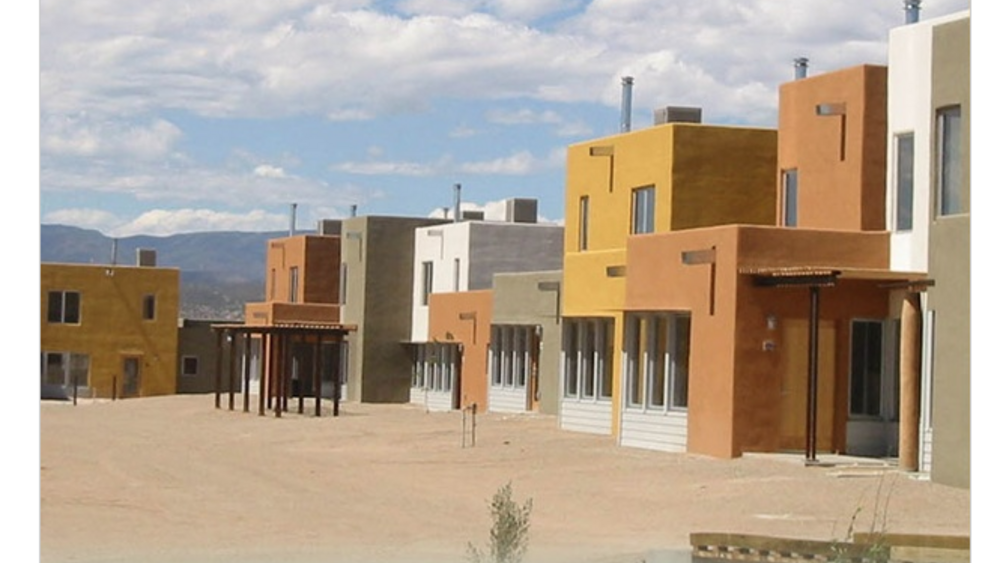
A new Native American village based on tradition helps a Tribe reclaim its sustainable roots
The Ohkay Owingeh Tribe and Pueblo in New Mexico has returned to its roots with an award-winning, mixed-income housing project based on traditional Native forms. It's an exciting and inspiring project. Built by the Ohkay Owingeh Housing Authority explicitly as an alternative to sprawl-type housing…

SEEDocs - Owe'neh Bupingeh Preservation Plan and Rehabilitation Project
Re-creating a more vital Pueblo center and reinvigorating cultural heritage traditions through the rehabilitation of the historic Pueblo core was this project's focus. The Pueblo core is the spiritual, social and cultural center of the Pueblo. Community members were trained in traditional building…
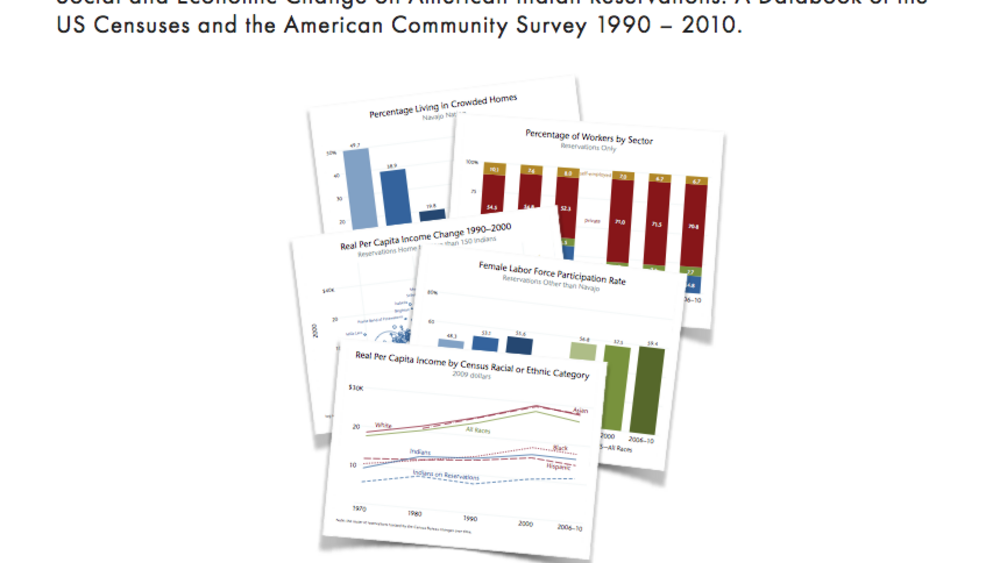
Social and Economic Change on American Indian Reservations: A Databook of the US Censuses and the American Community Survey 1990-2010
The fortunes of Indians on reservations continue to lag those of other racial and ethnic groups tracked by the census in the United States. The per capita income of Indians on reservations, for example, has been less than half the US average, consistently falling far below that of Hispanics,…
